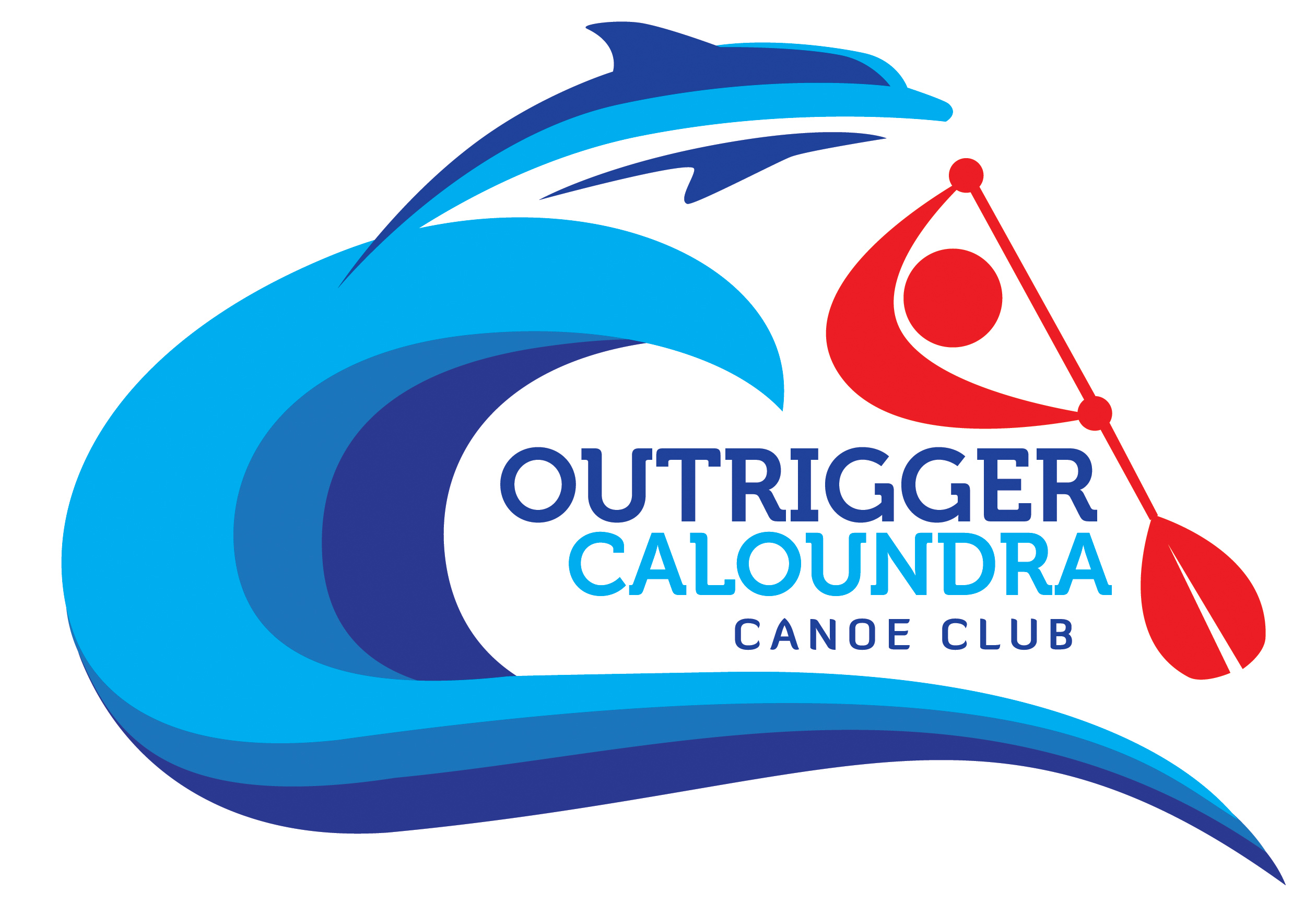Quick Reference to Crossing the Caloundra Bar
| Dead Flat | Mild | Medium | Rough | Wild | |
| Non AOCRA member OR
member who hasn’t done huli drill |
X | X | X | X | X |
| Restricted | X | X | X | X | X |
| Social | Yes | Yes | X | X | X |
| Novice | Yes | Yes | X/Yes
If with experienced paddlers |
X | X |
| Experienced | Yes | Yes | Yes
|
Yes | X |
Dead Flat: as flat as a tack, straight across the bar. Can cross with solo OC6
Mild: clear pathway to ocean. Can cross with solo OC6
Medium: seats 1 and 2 may be air-swinging on 1 or 2 waves at the back of the bar but no crashing waves on chosen path. Covers not essential but recommended. Coaches, steerers and paddlers discretion to go over bar on an outgoing tide. Need to consider wind and likelihood of conditions changing. Cross with at least 2 OC6s.
Rough: crashing waves across the bar with multiple sets of waves to punch through. Requires covers and timing the sets. Paddlers may cross the bar on an incoming tide only. Cross with at least 2 OC6s.
Wild: crashing waves across the bar that can be heard and seen from Golden Beach. Freak wave central.

